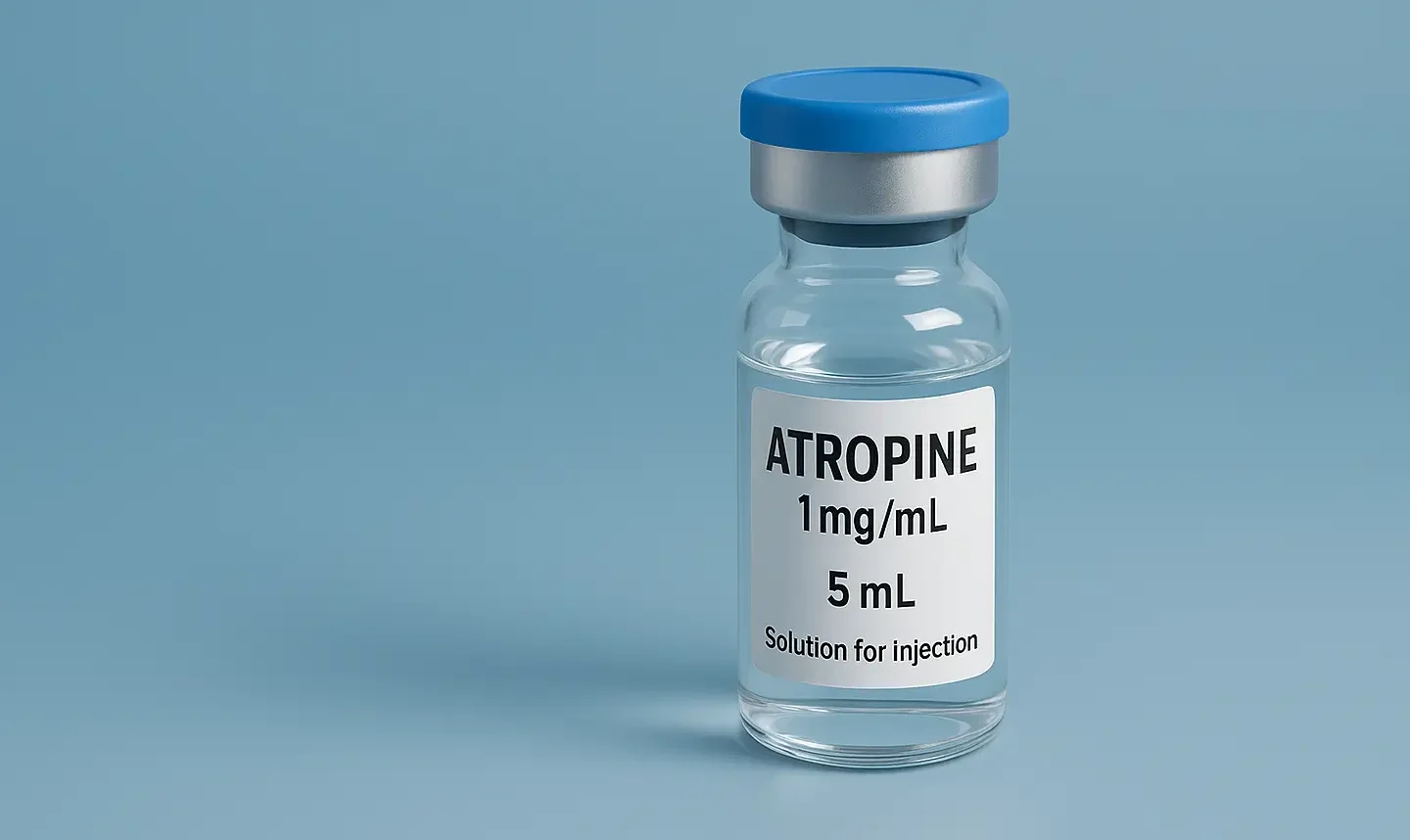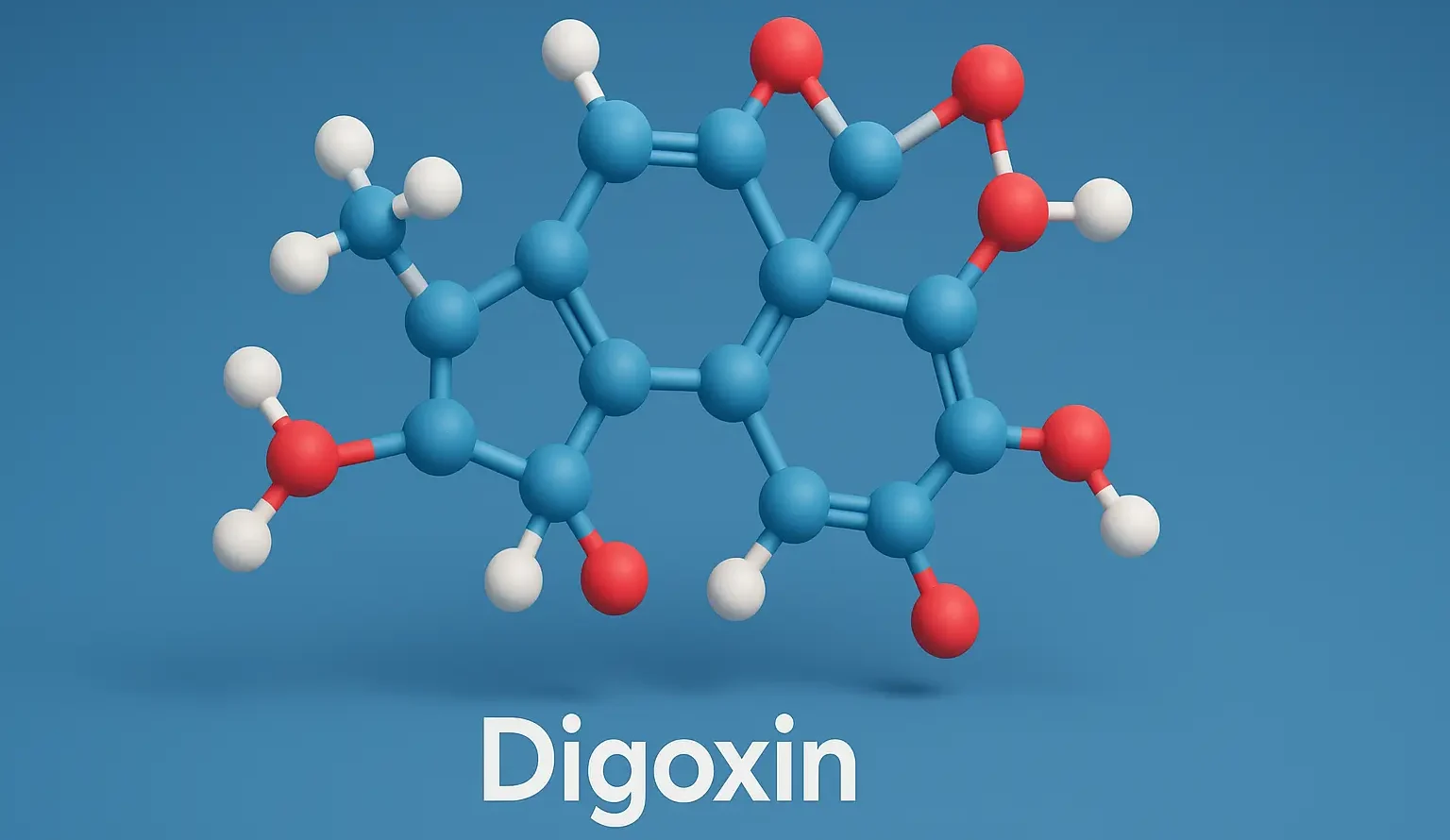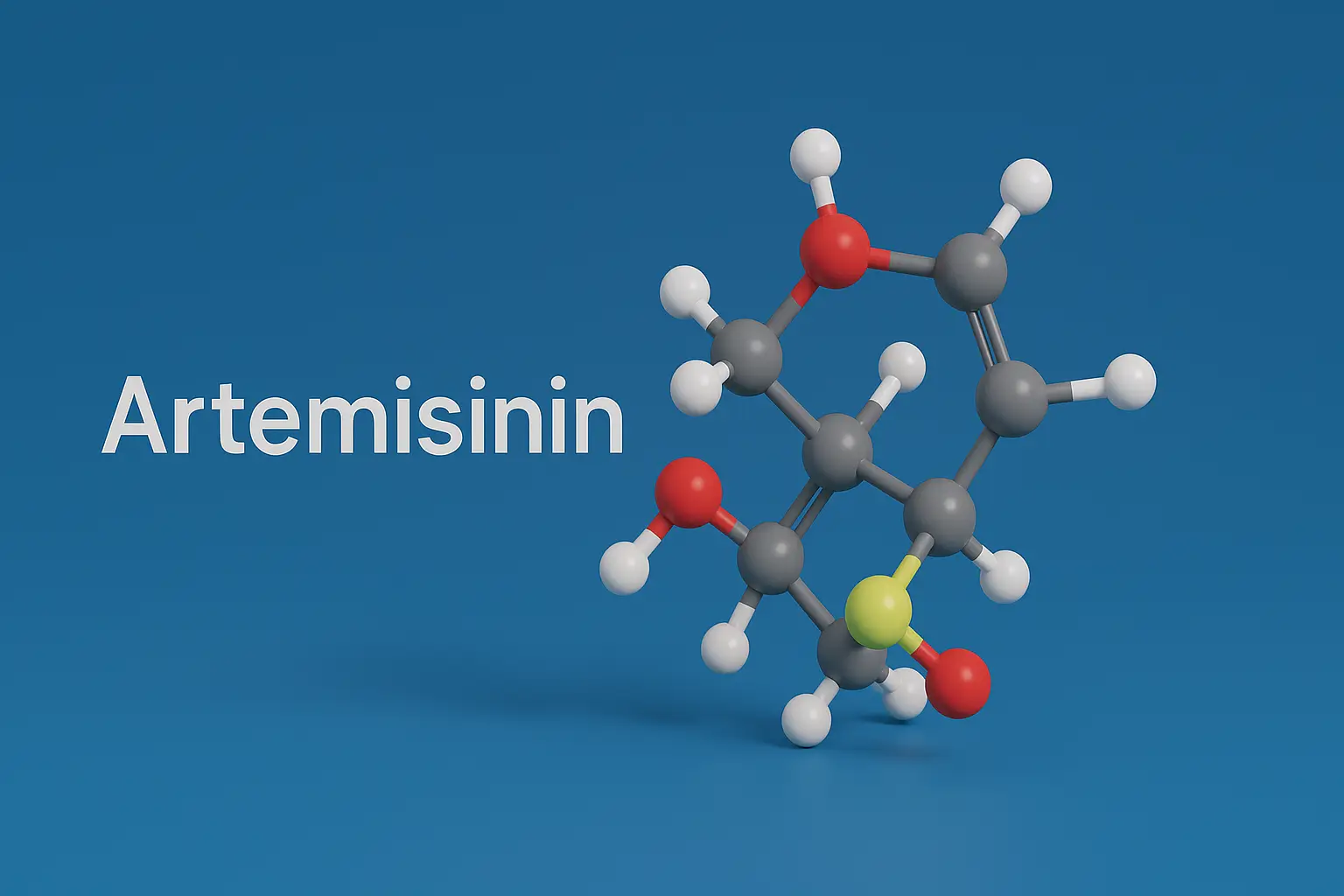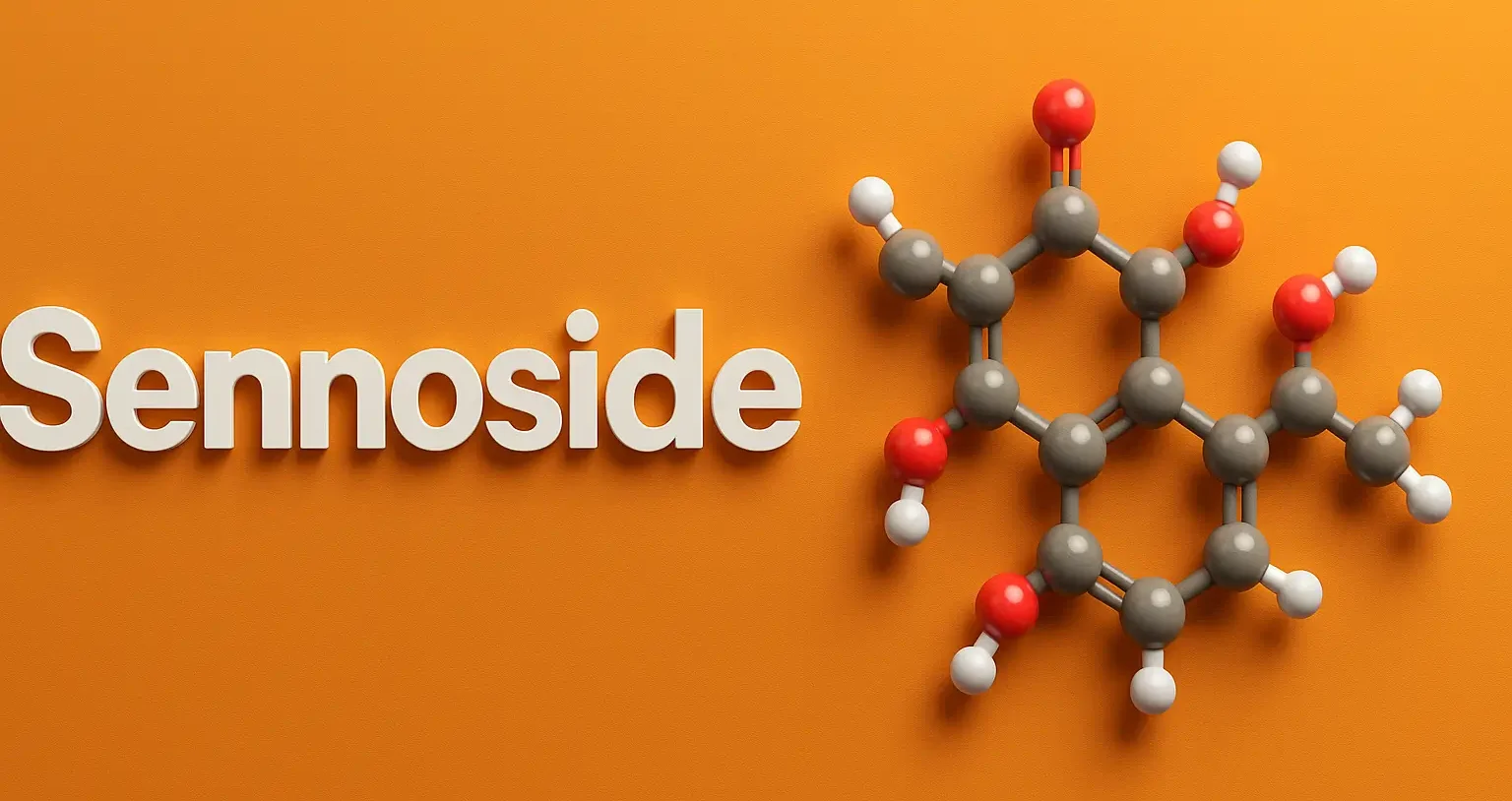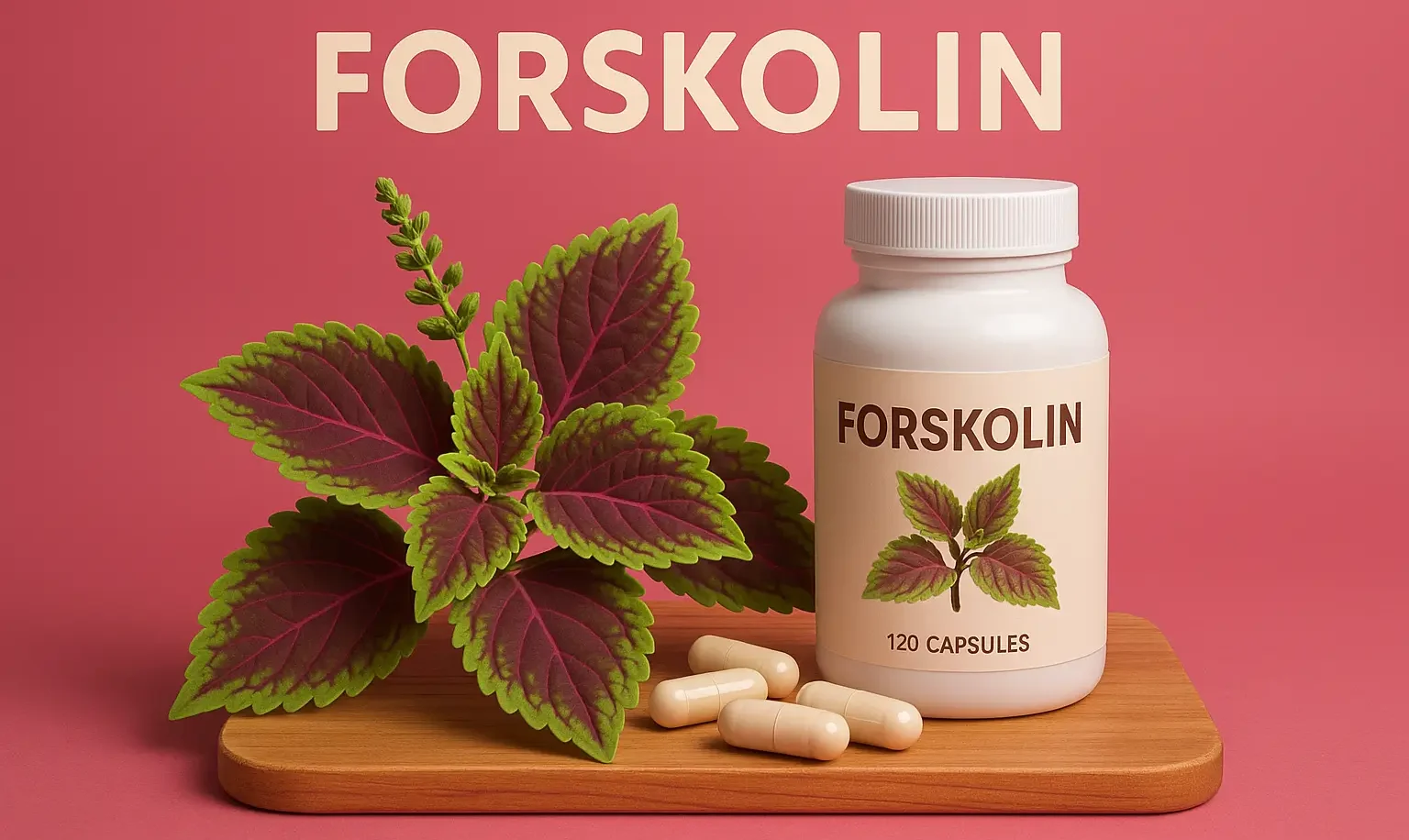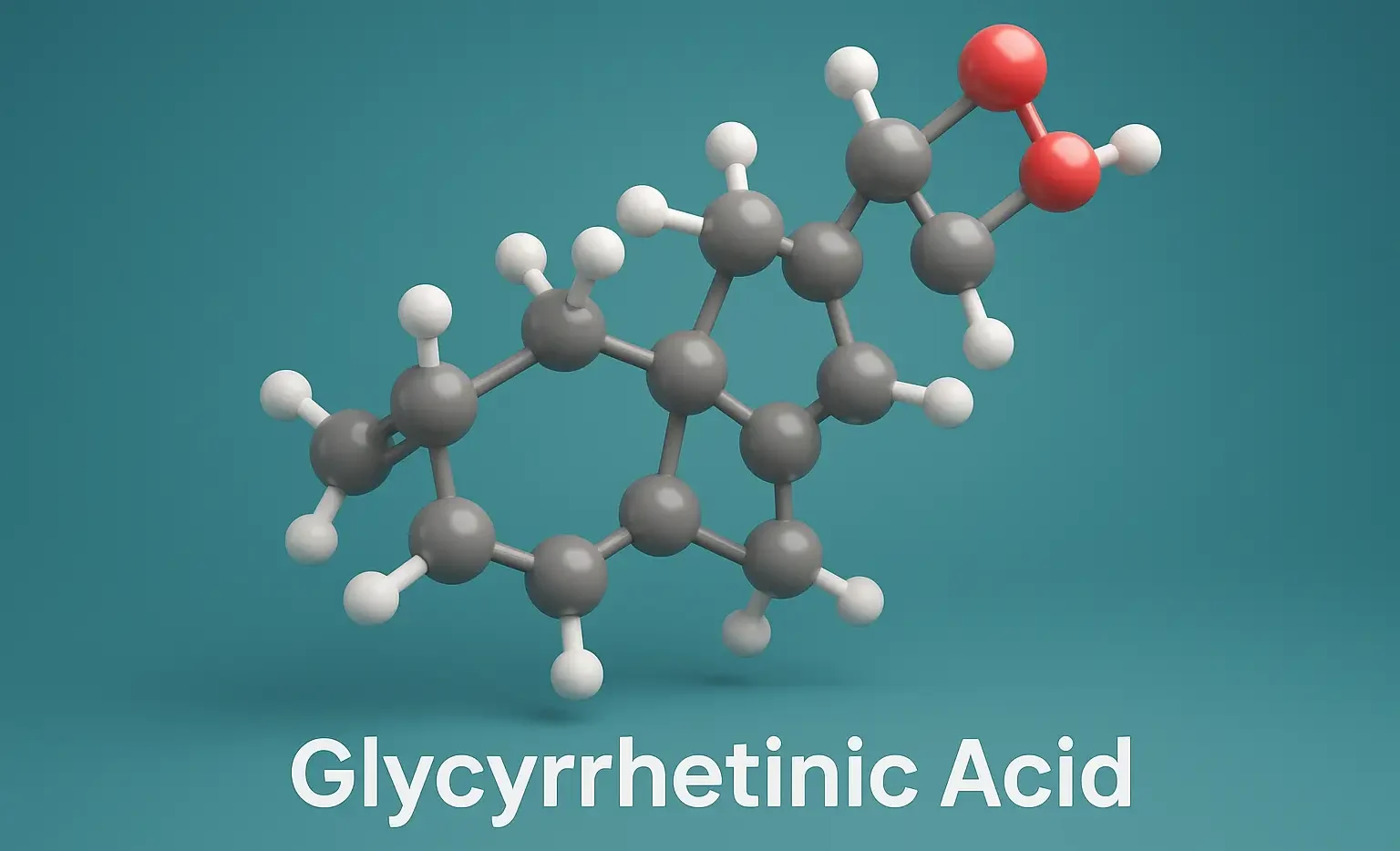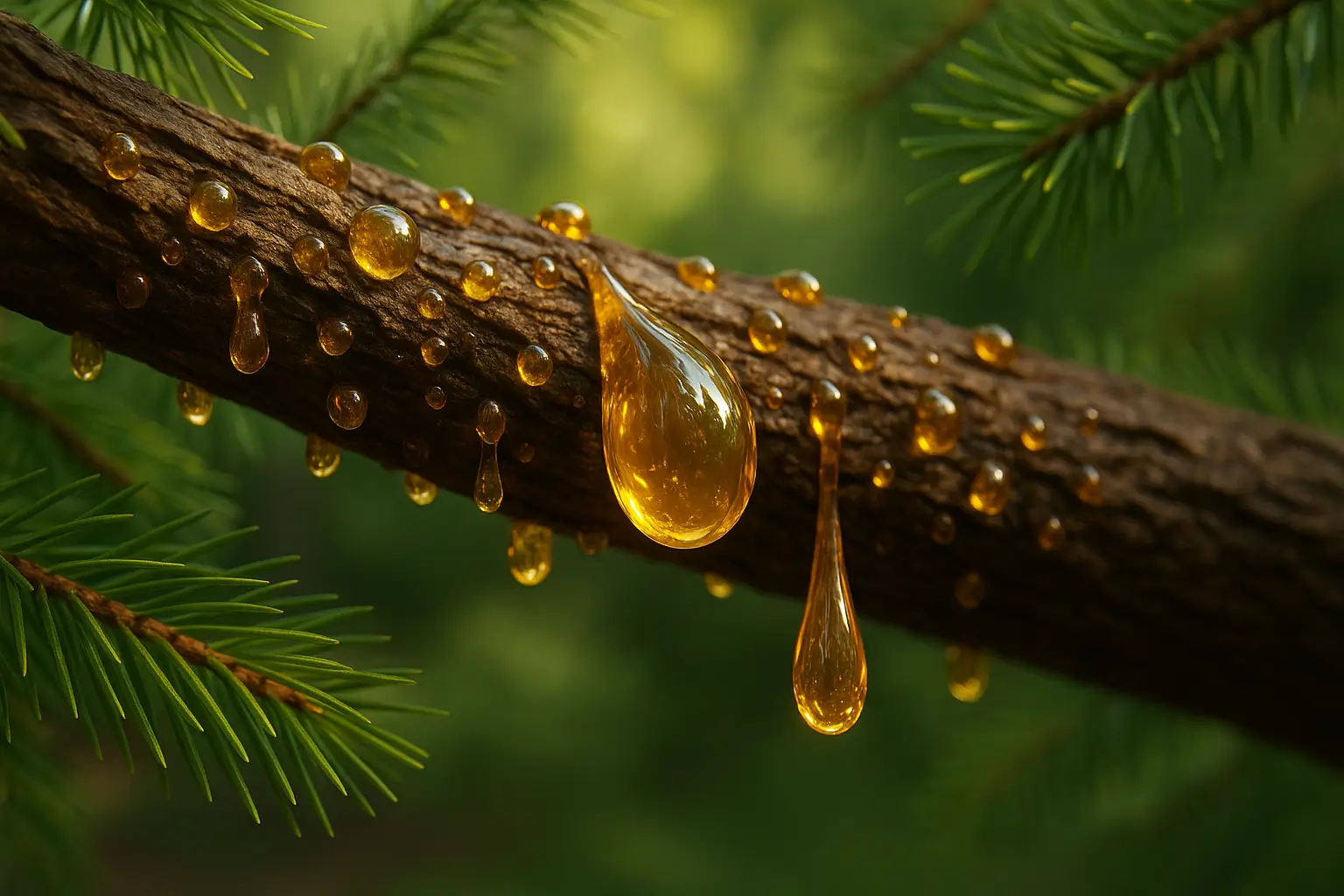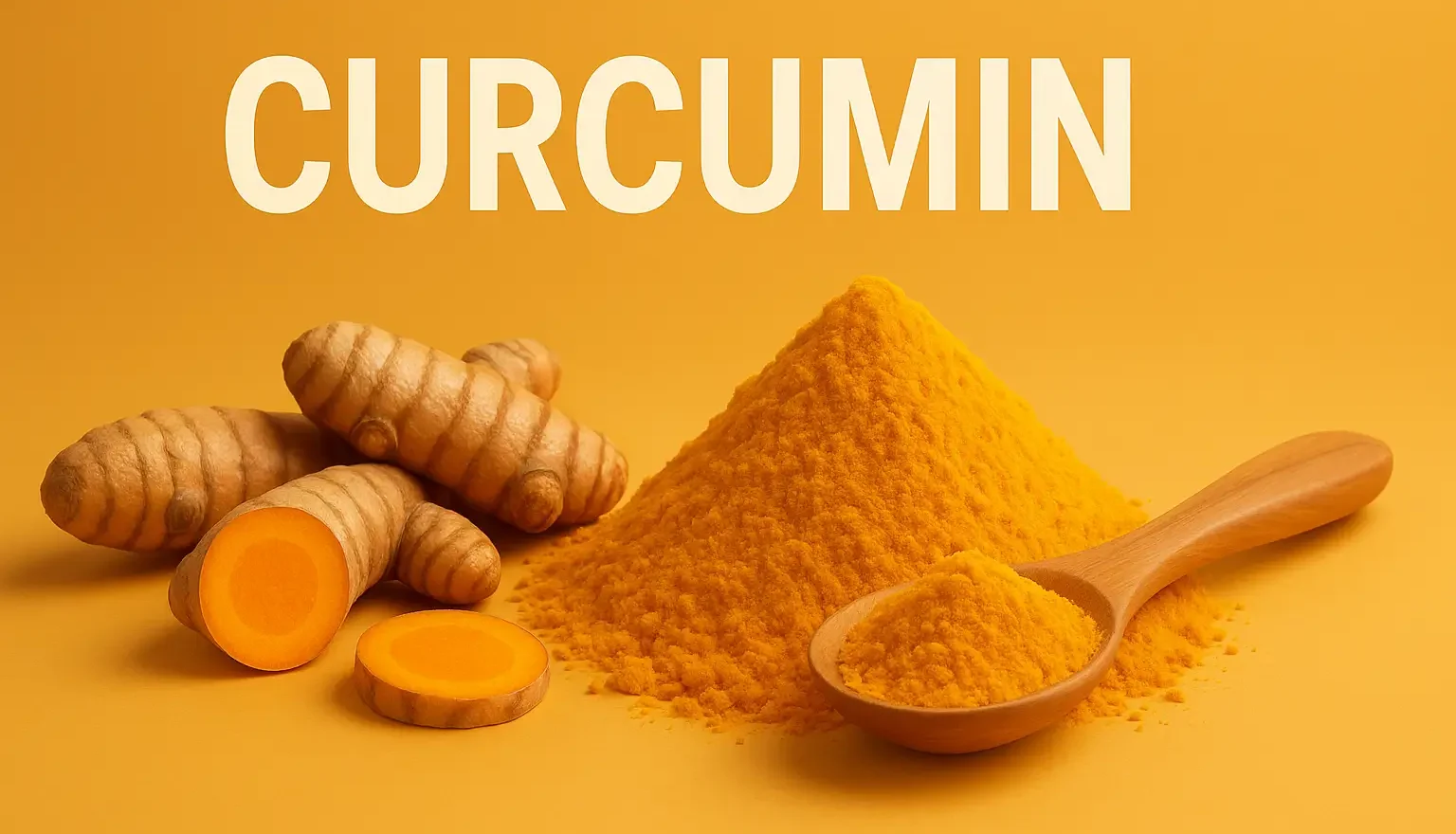Atropine
Industrial Production of Atropine Source: Atropine is an alkaloid extracted from plants of the Solanaceae family, notably Atropa belladonna (deadly nightshade), Datura stramonium, and Mandragora officinarum. Extraction Process of Atropine: Cultivation: Plants are cultivated under controlled conditions to optimize alkaloid content. Harvesting: Aerial parts are harvested, dried, and processed. Extraction: Alkaline extraction using solvents like … Read more

